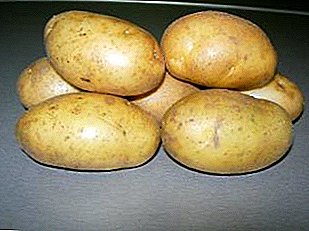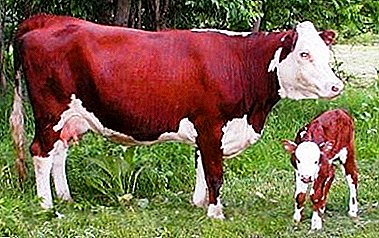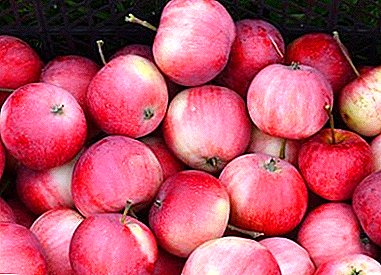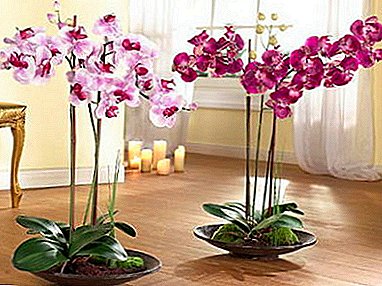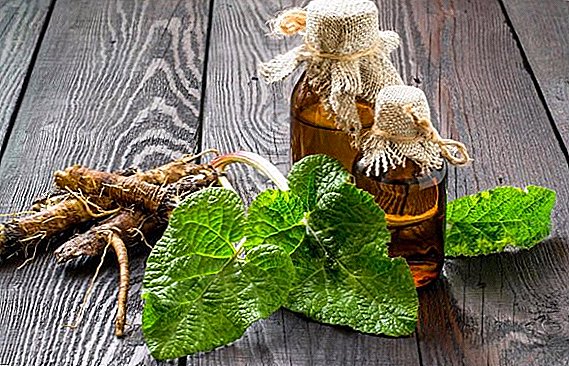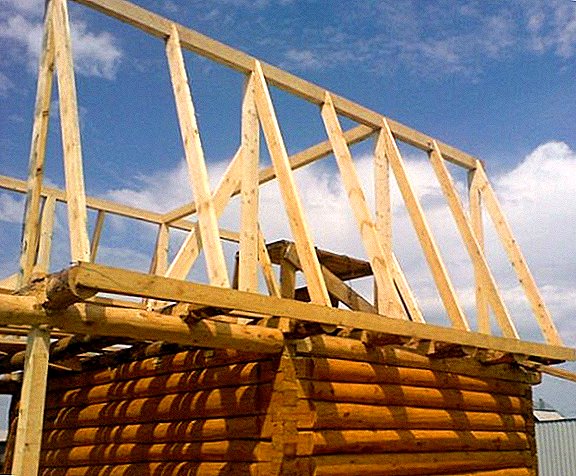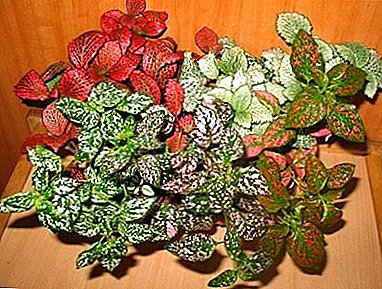
Hypoestes is an original shrub belonging to the Aquanthus family and imported from Madagascar.
The plant has become common, and it is quite possible to keep it at home.
general description
Hypoestes have smooth or slightly uneven pointed leaves, located on succulent and ribbed stems. The flowers are small, with short pedicels. Overgrown bracts cover cups. The plant got its name for this reason. The hypoestes are derived from the words "hypo" (sub) and "estia" (home).
Views from the photo
Blood red It is a dense shrub up to half a meter tall with narrowly ovoid leaves. Foliage has a rich green color, bright purple streaks and scarlet spots. The flowers are small. This type of hypoestes prefers shade and moisture.



Leafy also likes high humidity and shade. The leaves are soft, having red and purple shades.

Home care
Actions after purchase
For plants should pick a place on the windows overlooking the south-west or southeast. If a pot of "Hypoestes" is placed on the north window, it will suffer from a lack of light. The leaves will change color, and the shoots will become too long.
Pruning
You can pinch the plant oftenthat will contribute to giving a beautiful curvaceous shape. In the spring it is better to leave small trunks up to three centimeters in height. After such a significant pruning, watering should be reduced temporarily.
Blooms pink or light blue bellsthat bloom too fast and showered. After a flowering period, the leaves of the bush begin to noticeably shallow, and the shoots grow intensively upwards. Most often, before flowering, the arrow is cut in advance.
Watering
Since the Hypoestes are very moisture-loving, you need to water it abundantly, but the upper part of the soil should dry out, as the roots begin to rot when overflowing, and when the soil dries out, the bush will begin to shed its leaves.
Very likes plant spraying warm water. The flower growers also put the pot in a special tray, in which a layer of expanded clay is poured and water is added. You can place a room humidifier near the bush.
Hypoestes need constant feeding every two weeks. In winter, fertilizer dose is slightly reduced. If the supply of the bush will be missed, the leaves will begin to dry and darken around the edges.
Temperature
The optimum temperature for a bush is 21-25 degrees in summer. In the autumn, this figure can be slightly reduced to 17-20 degrees. Since this plant comes from an exotic region, it does not tolerate sudden changes in ambient temperature and cold wind.
Attention! The plant tolerates a warm shower that cleans the leaf plates from dust.
Lighting
Hypoestes are grown in bright light, but it is desirable to save the bush from the bright rays of the sun. Not bad growing shrubs and lamps of artificial light. With a lack of light, the plant will begin to grow in length, losing its lush appearance, and the leaves will lose their variegated shades.
Planting and transplanting
 At the bottom of the tank when planting be sure to pour a layer of drainage.that will prevent stagnation of water and rotting of the root system.
At the bottom of the tank when planting be sure to pour a layer of drainage.that will prevent stagnation of water and rotting of the root system.
For him should choose loose soil. Substrate must be acidified or neutral.
Florists prepare soil mixtures themselves from two parts of the land of leaf, equal parts of peat, humus and sand.
If this is not possible, a substrate suitable for variegated plants can be purchased.
Hypoestes transplanted in the spring in a larger pot. It is better to be wide and shallow. Drainage is required!
The main problem in growing a variegated shrub is to maintain a decorative look, which the Hypoestes quickly lose as a result of intensive stretching and stripping of the lower part of the plant.
Breeding
 During the reproduction of "Hypoestes" by seeds, this procedure is carried out in early spring.
During the reproduction of "Hypoestes" by seeds, this procedure is carried out in early spring.
The optimum temperature is 14-18 degrees.
Seeds are sown, covered slightly with substrate and covered with a jar. Germination is quite fast. An important point in growing from seed is enough potassium.It is potassium that provides the future brightness of the variegated foliage of the shrub. Too much nitrogen will brighten the colored spots on the leaf plates.
For breeding cuttings, you can choose any time of year. Rooting is also fast.
On the handle should be 2 nodes. It is placed in water for the appearance of the roots.
As soon as the roots appear, the stalk is planted in the prepared substrate and covered with a jar. Remove it only after the appearance of sprouts.
Diseases and pests
The hypoestes are disease resistant, but may be affected by a mealy worm, spider mite and aphids.
Important! With cold content, dry soil bush starts to lose its foliage.
Dry air will cause leaf wrinkling, and the lack of good light will lead to the disappearance of variegated color. When overflowing the leaves begin to turn yellow and fade.
Hypoestes is an exotic shrub whose homeland is Madagascar. But even in our conditions, it is possible to grow this original plant, providing the necessary light regime, humidity and the absence of temperature fluctuations.


